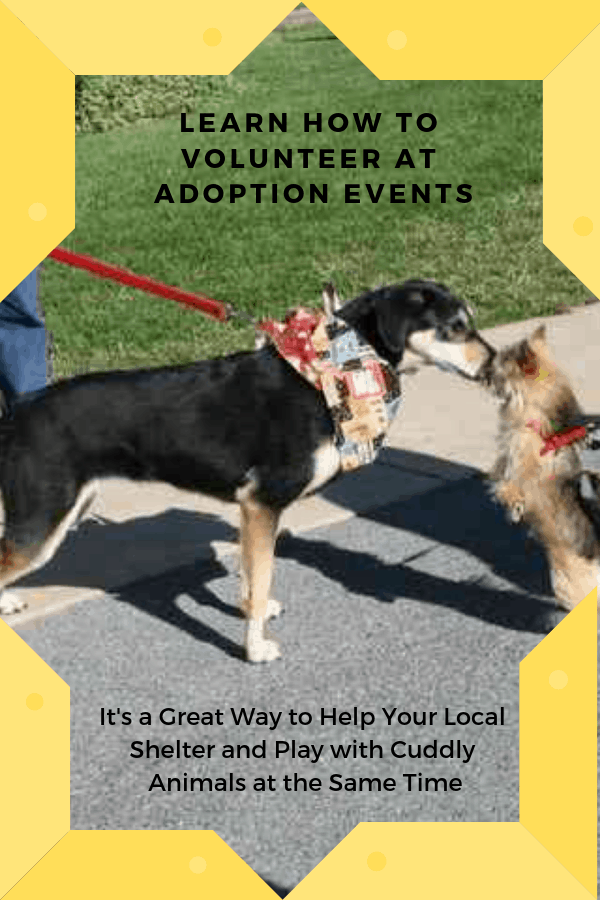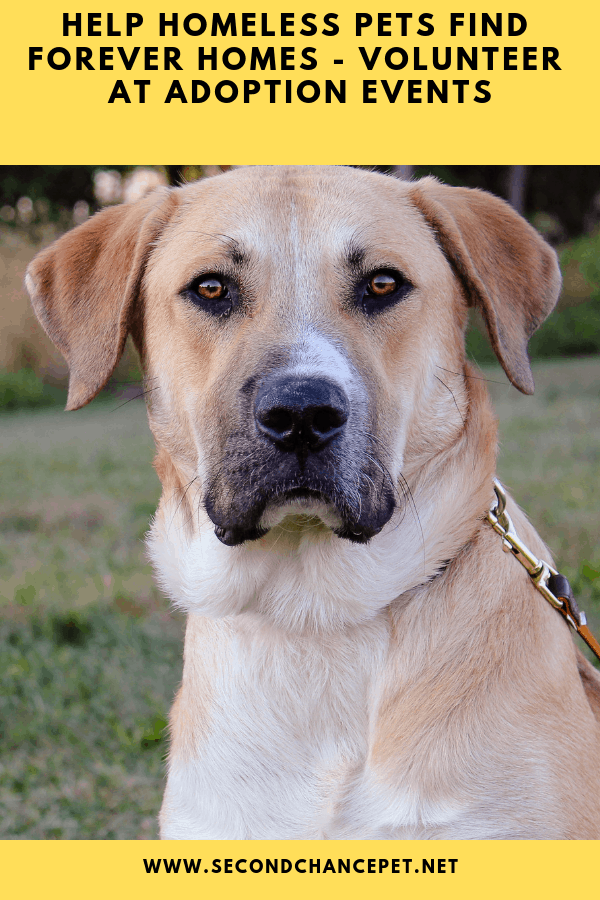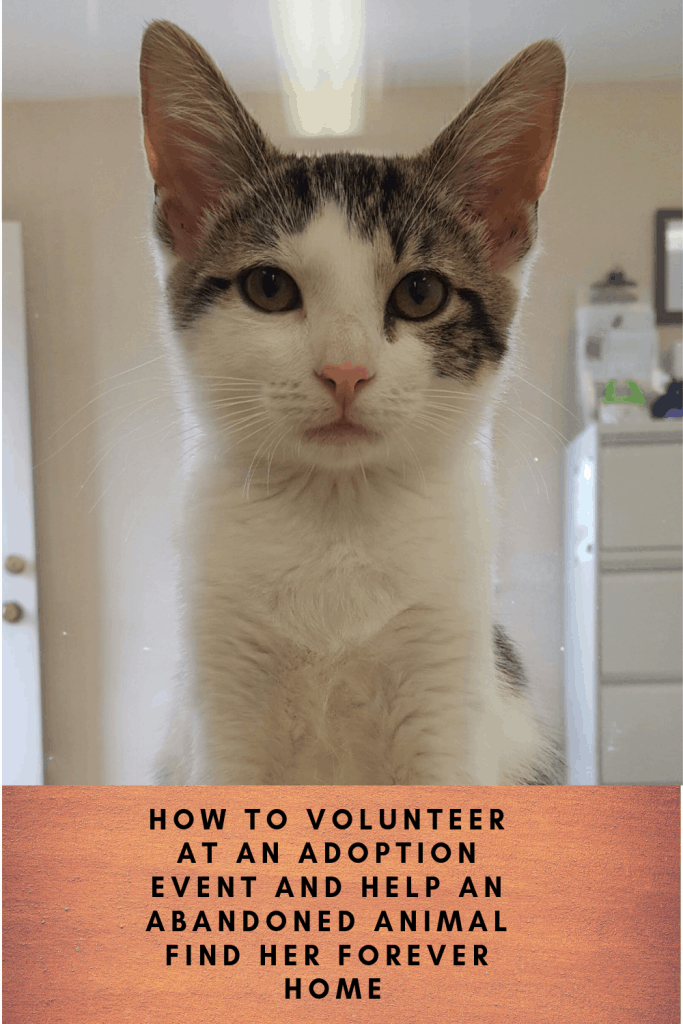 Adoption events are held by most animal shelters and rescue organizations at local businesses. Most often at pet supply stores, other shops have started offering their spaces for these events as well. Our local Tractor Supply store is very receptive to this, and is best for taking large dogs or dogs who don’t necessarily do well with other dogs. I’ve also attended events outside of grocery stores, and one at a local WalMart.
Adoption events are held by most animal shelters and rescue organizations at local businesses. Most often at pet supply stores, other shops have started offering their spaces for these events as well. Our local Tractor Supply store is very receptive to this, and is best for taking large dogs or dogs who don’t necessarily do well with other dogs. I’ve also attended events outside of grocery stores, and one at a local WalMart.
Foster-based rescues, in particular, need to hold these regular events to get their adoptable animals out to the public. Without a physical shelter, animals can remain in foster care for far longer than necessary if they do not hold meet and greets. And one of the biggest problems facing these foster-based organizations is finding enough volunteers able and willing to spend a few hours of their weekend helping out.
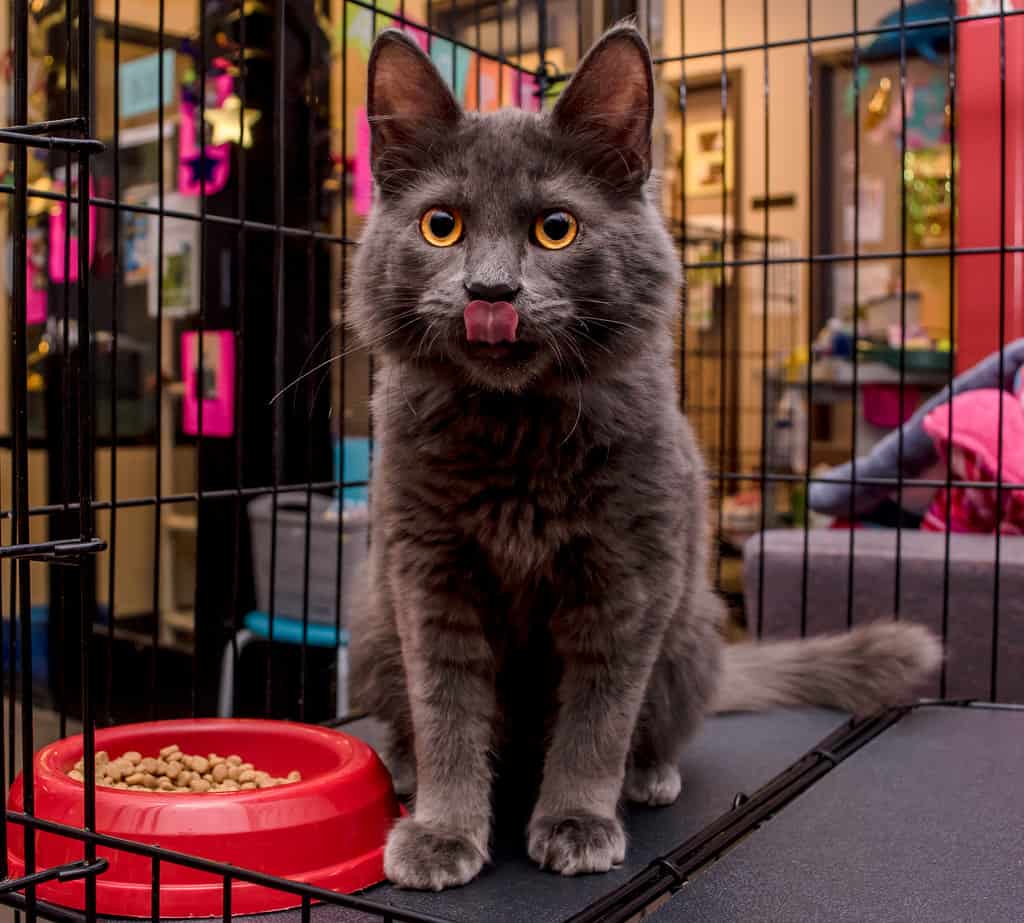
Helping at one of these adoption events can be a fun and rewarding volunteer activity – plus you get the added benefit of playing or cuddling with one or more adoptable animals for an afternoon.
You shouldn’t be asked to attend an adoption event on your own, or with another “new-to-events” volunteer. If you are, ask if you can go with a shelter staff member, or someone who has experience attending these. You’d be amazed at the questions people will ask. And not knowing the answers doesn’t paint the organization in the best light. Later, as you become more familiar with things, and are known as a trusted volunteer, you may be asked to handle these without staff support. But don’t agree until you feel completely comfortable.
ADOPTION EVENT BASICS
Below are a few things I’ve discovered through years of participation:
- Always try to take one fewer animal than you have people. This provides someone to speak with the public while the others handle the animals. Prevents distraction and is safer for all concerned.
- Never respond to a question from the public unless you’re absolutely sure your answer is correct. The one time you are wrong will be the one time it will come back to bite you. An irate would-be adopter stating that you told them “x” will frustrate both the staff and the adopter. You’re always better off to explain that the question should be answered by a staff member, or foster home, who spend much more time with the animal than you do.
- Make sure the animal gets outside on a regular basis, and also that you move a bit throughout the store. Many adoption events are 3 hours long, and, just like with toddlers, a dog can get bored without some movement and mental stimulation.
THINGS YOU SHOULD KNOW
- Know the history of the animal(s) you are taking – in general terms. Should you accidentally be given access to the entire story, never share personal details which could identify a previous owner. You never know whether the person you’re talking to is a relative or a neighbor. Also, remember, not everyone needs to hear a sad story about the animal – that information will be shared with the successful adopter by the staff. Here are some particulars you should be aware of:
- Age
- If a puppy, approximately how big will they get when full grown
- Do they get along with other animals? (If the event is being held in a pet supply store, you can be fairly certain they do or they would not have been sent to the event.) Still, keep an eye on the situation and never let another dog suddenly run up to your animal. Even if both are considered dog-friendly, the stress of a new situation can cause unpredictable reactions.
- Are they all right with toddlers? (This is vitally important, as, unfortunately, there are still way too many parents who will allow their teeny ones to charge up on a dog. I’ve had my fair share of adoption events where the dog had to be put in a crate to calm down after such an encounter.) So, keep an eye out for running children so that you protect both them and the dog.
DEALING WITH THE PUBLIC
- Be approachable. Don’t sit scrolling through your cell phone, or reading a novel. People instinctively don’t want to interrupt. Many of those who would have stopped by will continue on their way if they think they’d be an imposition. Don’t cross your arms. (If you like, do a quick experiment – you’ll be amazed how much that simple gesture keeps people from interacting.)
- Make eye contact with everyone who stops by your table. If they donate, make sure to thank them. Ask about their current pets (they probably wouldn’t be in a pet supply store if they didn’t have any). Many people love to tell stories about their “fur-babies”, and will remember your organization in a positive way.
- Grit your teeth and shut your mouth when the inevitable person stops by your booth looking to give away their pet. Just refer them to the shelter number, listen politely to their story if they are sharing, and move forward. And don’t automatically judge them to be a bad person – there ARE legitimate reasons for wanting to rehome a pet.
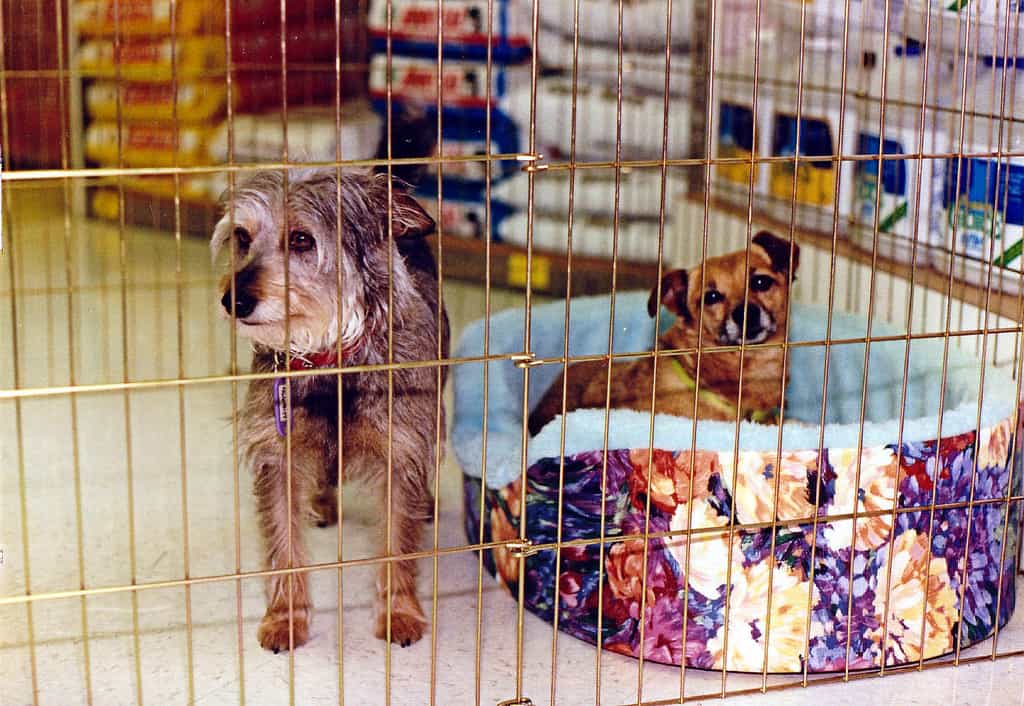
WHAT TO TAKE
There are a few items that should always be included in your “go” bag. (I’ve forgotten each of them at least once!)
- Bottled water and a collapsible (or not) pet bowl. Even for three hours, cats and dogs get thirsty and need hydration.
- Donation jar. This is important. Most people stopping by your table will not be looking to adopt at this time. They may, however, be more than willing to give a donation – make it as easy as possible for them. And DON’T forget to thank them.
- Something soft for the animal to lay on. Three hours is a long time on your feet, and store surfaces are hard and cold.
- Informational pamphlets about your shelter.
- Adoption applications. If you have someone really interested in adopting, passing one of these along will save time. Most rescues will not do on-the-spot adoptions, but a completed application will speed along the process.
- Treats for the animals. Keeps them from getting bored, and can help with bonding with prospective adopters.
- Drinks and a snack for yourself. Even though adoption events can be fun, there will be boring down-time.
- Paper towels. This is an absolute MUST. I’ve taken numerous dogs to events who have become car sick (sometimes in the first five miles). Clean up towels are an absolute must, since no one wants to interact with a sticky, smelly animal.
- Something to make the table pop. You will often be set up in a back area of the store, or somewhere off of the regular traffic flow. A grocery store balloon which sticks up above the displays when tied to the table will draw people’s attention.
Be a reliable, fun volunteer who is willing to help with these events and you’ll be much appreciated. Remember, every animal adopted frees up space to save another. For a list of several ways you can help your local animal shelter, see my earlier post here.
CREDITS
Photo of gray cat by Paulann_Egelhoff on Foter.com / CC BY-ND
Photo of dogs in pet store by valeehill on Foter.com / CC BY-ND
